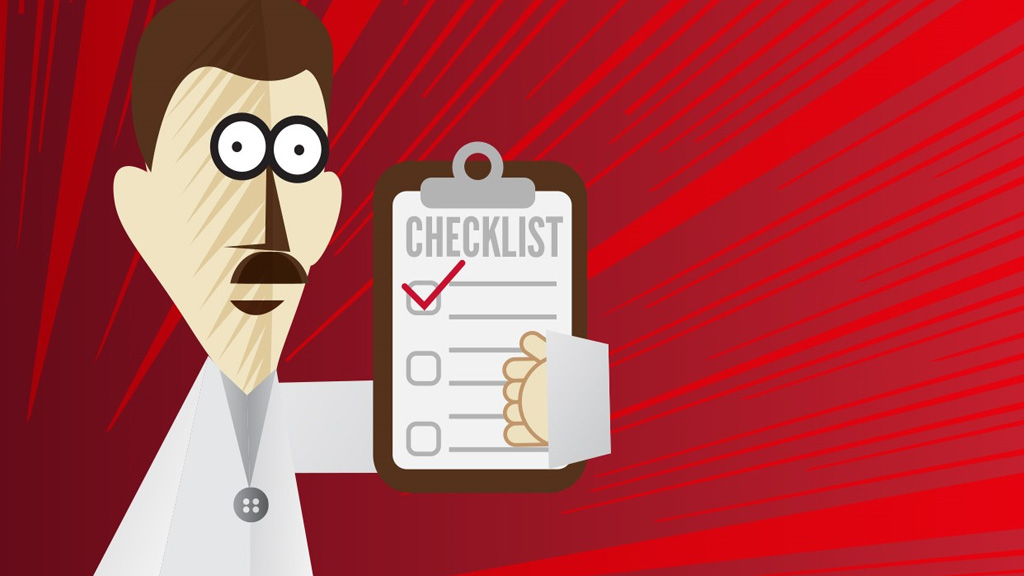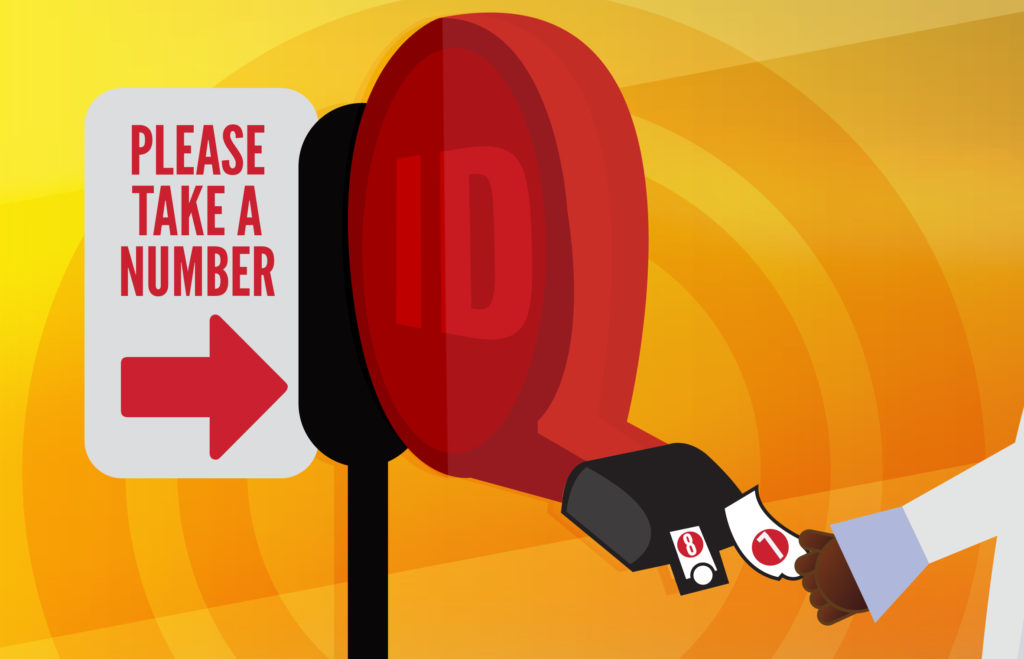A data management plan is invaluable to researchers and to their universities. “You should plan at the outset for managing output long-term,” said Reid Boehm, research data management librarian at University of Houston Libraries.
At the University of Houston, research data generated while individuals are pursuing research studies as faculty, staff or students of the University of Houston are to be retained by the institution for a period of three years after submission of the final report. That means there is a lot of data to be managed. But researchers are in luck – there are many resources to help navigate these issues.
Take inventory
Is your data…
- Active (constantly changing) or Inactive (static)
- Open (public) or Proprietary (for monetary gain)
- Non-identifiable (no human subjects) or Sensitive (containing personal information)
- Preservable (to save long term) or To discard in 3 years (not for keeping)
- Shareable (ready for reuse) or Private (not able to be shared)
The more you understand the kind of data you are generating the easier this step, and the next steps, will be.
Check first
When you are ready to write your plan, the first thing to determine is if your funders or the university have data management plan policy and guidelines. For instance, University of Houston does.
It is also important to distinguish between types of planning documents. For example:
A Data Management Plan (DMP) is a comprehensive, formal document that describes how you will handle your data during the course of your research and at the conclusion of your study or project.
While in some instances, funders or institutions may require a more targeted plan such as a Data Sharing Plan (DSP) that describes how you plan to disseminate your data at the conclusion of a research project.
Consistent questions that DMPs ask include:
- What is generated?
- How is it securely handled? and
- How is it maintained and accessed long-term?
However it’s worded, data is critical to every scientific study.
Pre-proposal
Pre-proposal planning resources and support at UH Libraries include a consultation with Boehm. “Each situation is unique and in my role I function as an advocate for researchers to talk through the contextual details, in connection with funder and institutional requirements,” stated Boehm. “There are a lot of aspects of data management and dissemination that can be made less complex and more functional long term with a bit of focused planning at the beginning.”
When you get started writing, visit the Data Management Plan Tool. This platform helps by providing agency-specific templates and guidance, working with your institutional login and allowing you to submit plans for feedback.
Post-project
Post-project resources and support involve the archiving, curation and the sharing of information. The UH Data Repository archives, preserves and helps to disseminate your data. The repository, the data portion of the institutional repository Cougar ROAR, is open access, free to all UH researchers, provides data sets with a digital object identifier and allows up to 10 GB per project. Most most Federal funding agencies already require this type of documentation (NSF, NASA, USGS and EPA. The NIH will require DMPs by 2023.
Start out strong
Remember, although documentation is due at the beginning of a project/grant proposal, sustained adherence to the plan and related policies is a necessity. We may be distanced socially, but our need to come together around research integrity remains constant. Starting early, getting connected to resources, and sharing as you can through avenues like the data repository are ways to strengthen ourselves and our work.



